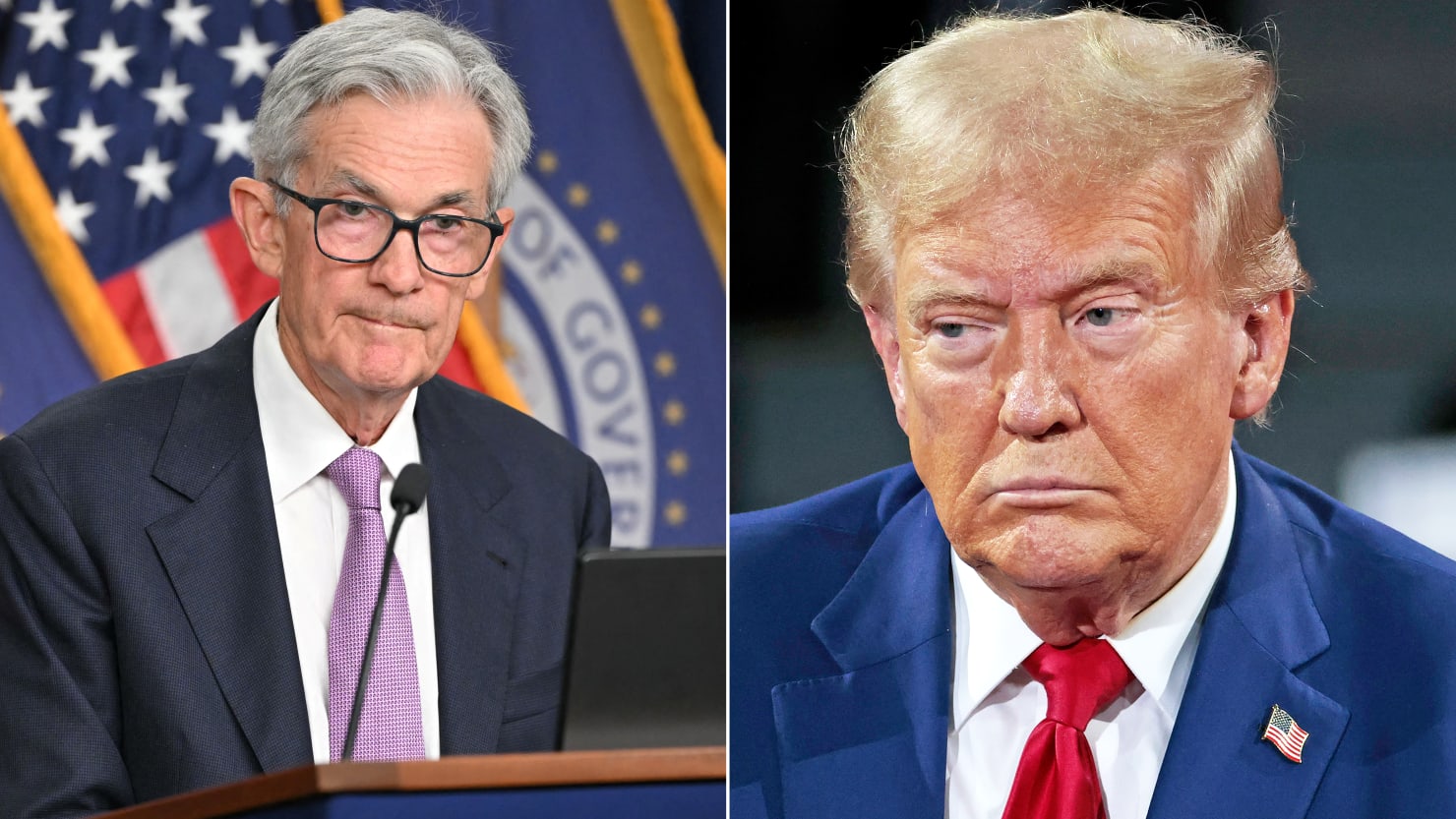British mathematician Marcus de Sautoy’s first book, The Music of Primes, inspired me years ago – and so I was excited about his new work, The Creativity Code. And above all: it did not disappoint my expectations in any way.
From the Euclidean algorithm to the Google PageRank
The main question of the book is already in the subtitle: the author discusses whether and to what extent artificial intelligence (AI) can independently produce paintings and compositions creatively, to create literary works (such as poetry) as well as mathematical theories including proof. Since software has always relied on algorithms, the author focuses on this term in the first few chapters. With the help of engineering visualization, du Sautoy describes how one of the oldest such operations ever, the Euclidean algorithm, works as clearly and easily understandable to lay people as the current PageRank algorithm, which is the basis of Google search.
However, both processes cannot be attributed to artificial intelligence, which is supposed to solve problems that require higher human intelligence. “Classic” AI attempts to achieve this through a top-down approach: a well-known example is the DeepBlue chess program, which defeated the then-human world champion for the first time in 1997. Using several stored chess games, the computer computes potential transfer orders in advance .
With Go, however, the number of possible moves is so great that the author and most experts were sure that no artificial intelligence would be able to do something similar in this game in the next few decades. Your assumption has been disproved: in 2017, AlphaGo beat the best player in the world several times. Unlike DeepBlue, it is based on the principle of bottom-up machine learning: although it has a huge database of Go games at its disposal, the algorithm also learns independently of errors and thus improves the power of play.
The later program is more innovative: it learns only using the rules of the game – without any additional knowledge. By competing against herself frequently, she can train her skills better and better. Experts were amazed when they discovered that the algorithm had developed completely amazing strategies, previously unknown. Du Sautoy explains that these developments have shaken his knowledge that computers will never develop creativity, or at least for a long time.
That is why he devotes himself to other areas that embody human creativity. It examines the advances made by AI in painting, music, poetry, and mathematics over the past few decades. In short, one can see from his detailed descriptions that the transition from classical artificial intelligence to the so-called deep learning has led to impressive developments.

“Explorer. Communicator. Music geek. Web buff. Social media nerd. Food fanatic.”







More Stories
A fossilized creature may explain a puzzling drawing on a rock wall.
MrBeast Sued Over ‘Unsafe Environment’ on Upcoming Amazon Reality Show | US TV
Watch comets Lemmon and SWAN approach Earth today